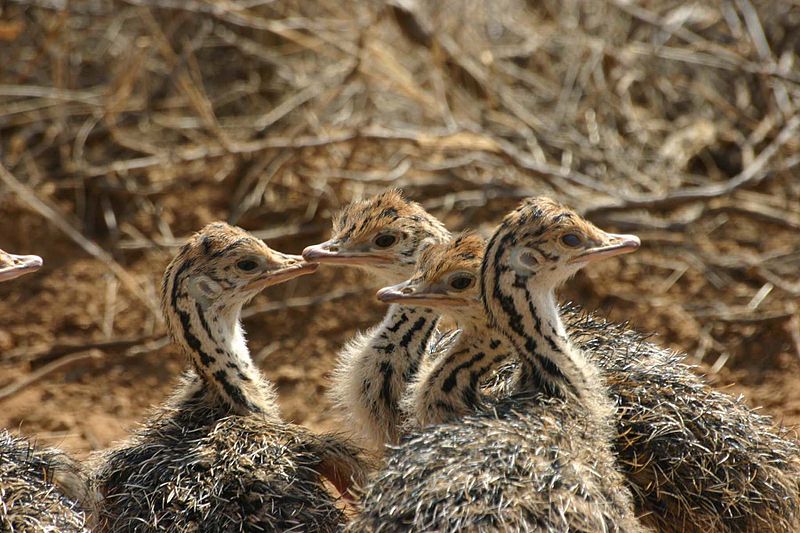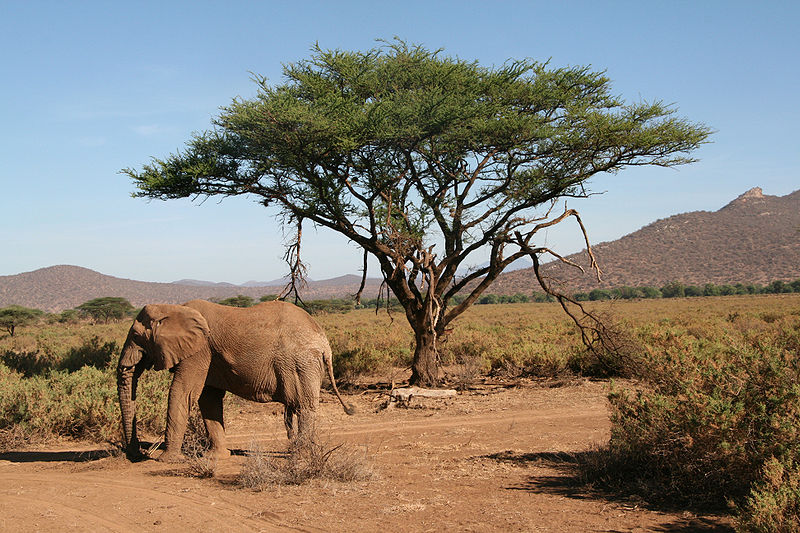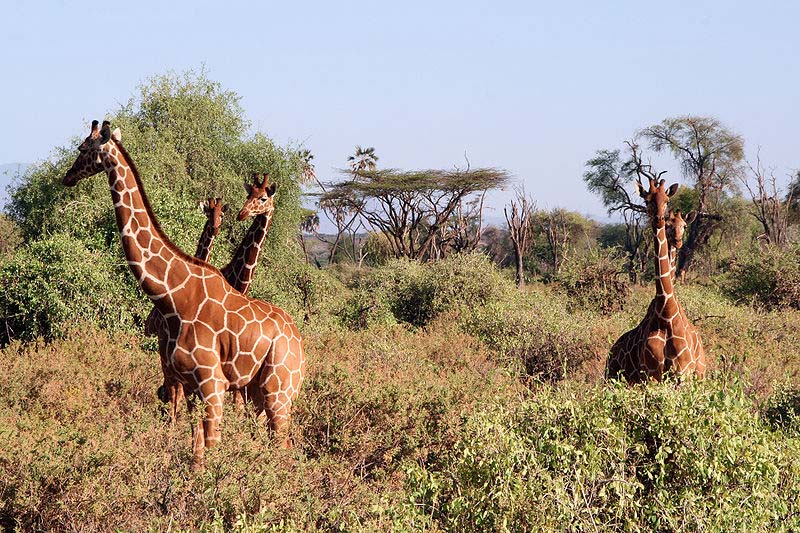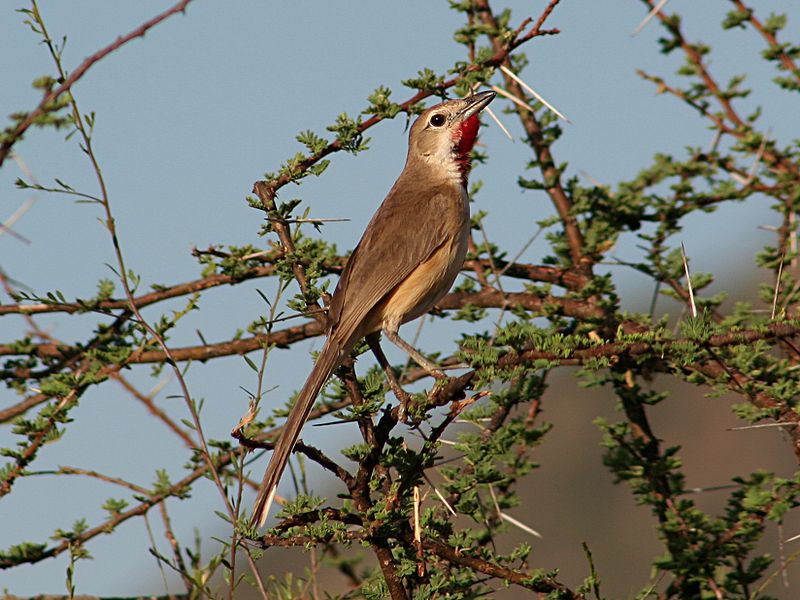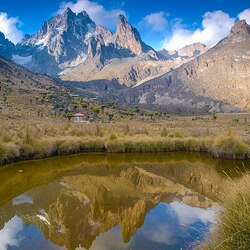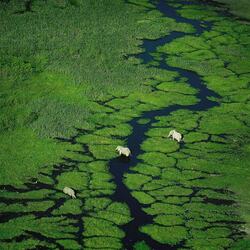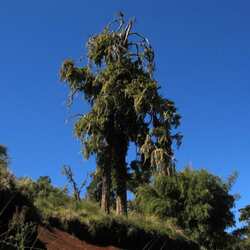Samburu National Reserve
Samburu is a national nature reserve in Kenya. The park was established in 1985 on an area of 165 km2. The base of the reserve is the Iwaso Nyiro River, along the banks of which are palm forests. The river is very important for the ecosystem of the park, as it supplies the animals of the park with water. The park's name translates from the Maa language as "butterfly".
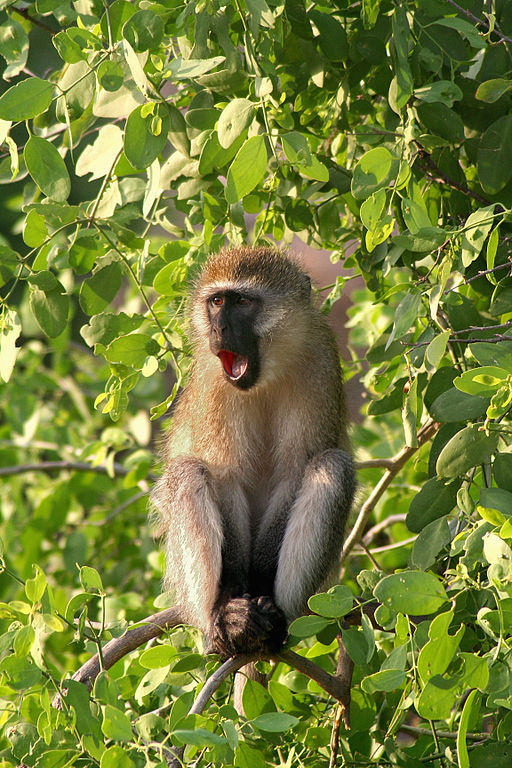
Nearby is the Buffalo Springs Nature Reserve, 350 km from Nairobi. Samburu is located in a dry and hot area of Africa, with dry hills and plains typical for the terrain. The drought begins in May and lasts for six months, until the rainy season arrives in October and November. At this time, greenery blooms in the Samburu Nature Reserve along the banks of the Iwaso Nyiro River and wild animals flock from all over the area.
Many people became aware of the Samburu reserve because of the film "The Heart of the Lioness", which told about the lioness Kamunyak. The film was directed by the sisters Sabe and Dudu about a lioness who took care of six cubs of the oryx antelope. The film was shown on the Animal Planet channel in March 2005. The lioness Kamunyak disappeared in February 2004, although searches were conducted after her, but they did not yield results.
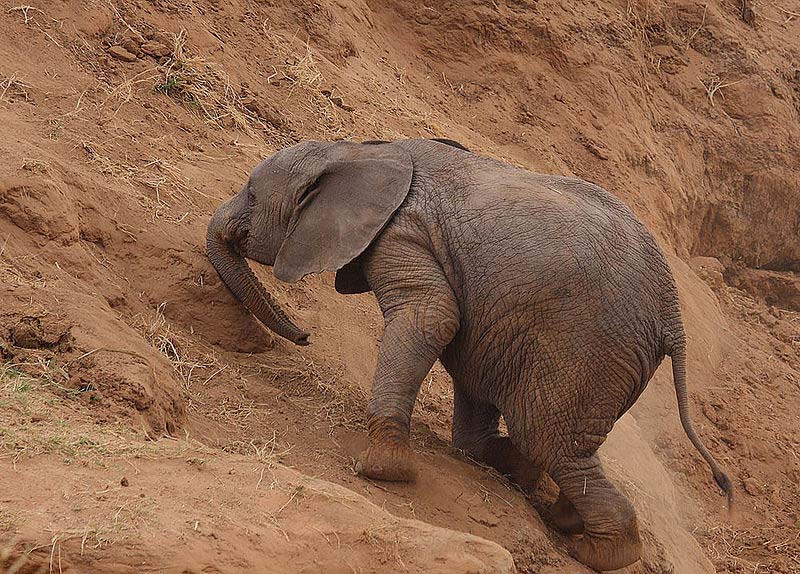
Many species of birds and animals have found shelter in the reserve. Of the predatory animals, it is worth noting leopards, cheetahs and lions. Samburu National Reserve is also home to almost a thousand elephants. Among other animals, buffaloes, gerenuks, Grant gazelles, gerenuks, impalas, water goats, oryx, zebras and giraffes are common.
Rhinos once lived in the park, but they were exterminated by poachers. The world of birds is no less rich, numbering over 350 species: Somali ostriches, pike, marabou, eagles, vulture guinea fowl, vultures, secretary birds, vultures, yellow-throated turaks.
